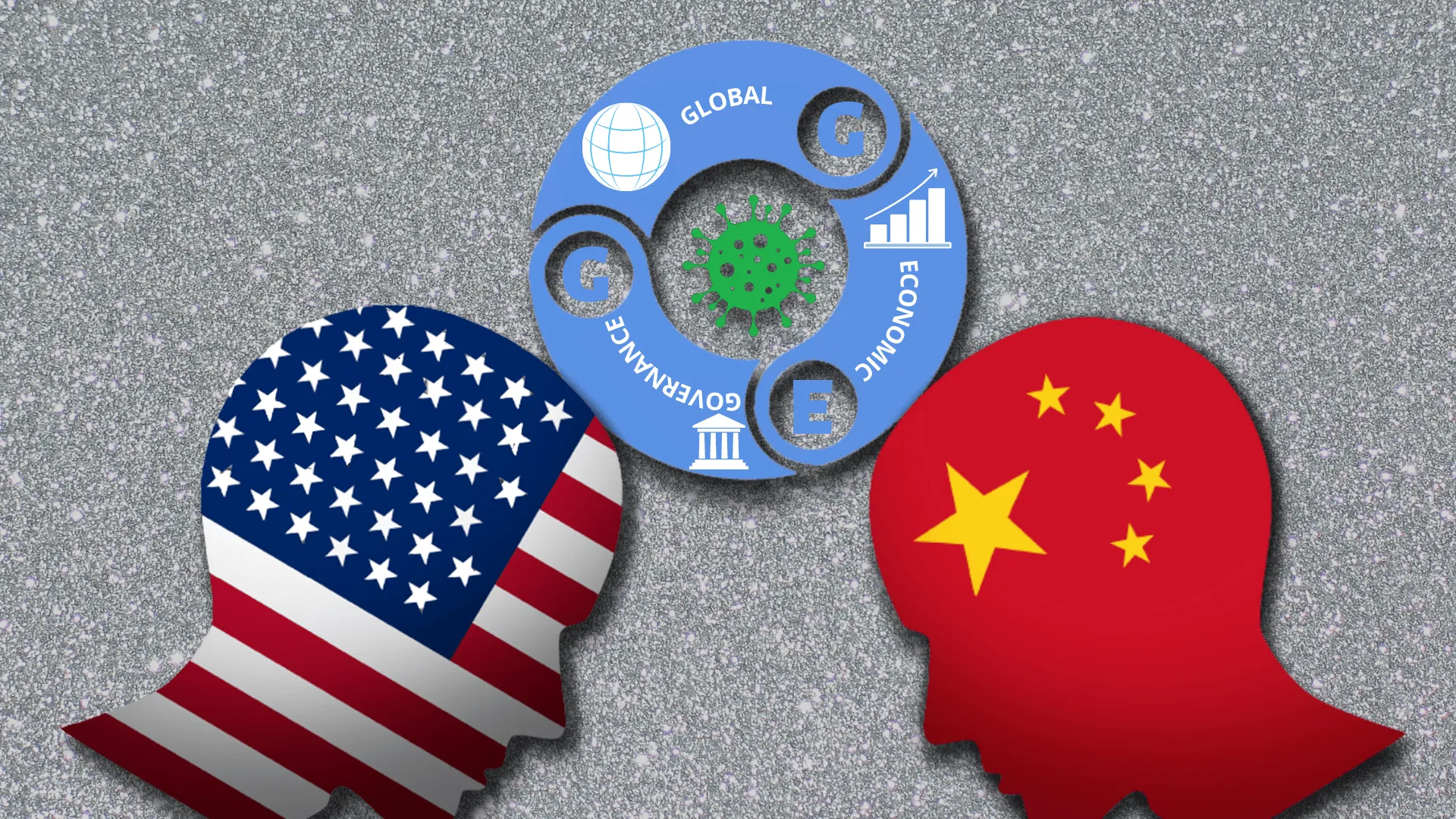Introduction
The speed at which the C0vid-19 pandemic affected several countries has opened discussions about its geopolitical implications, the fast reconfiguration of economic power, reshaping of influence, status, and roles of numerous countries. This article assesses the nature and impact of such transitions, raising attention to the main features of a potential scenario of a reconfiguration of global economic governance, where regions, countries, and international organizations gain authority on the crisis, affecting the distribution of power in an already unbalanced world. Among the conclusions that can be drafted from the policies implemented in different territories in the last two years is that the world has changed dramatically. The impact of the pandemic has restructured the global economy in the eastern and western hemispheres.
To some extent, this assessment may look too early in regions already struggling to contain the virus. It may also have been ignored due to the unexpected consequences derived from the surprisingly accelerated path of human-to-human transmission of Covid-19 and the diffused scenery of mitigation practices incorporated all over the planet. As such, the speed at which political, social, and economic events unraveled during the year 2020 rapidly eclipsed the influence and potential economic status of different territories, displacing the discussion on domestic and regional governance and raising criticism over governments in charge of maintaining the economy amid an unexpected global crisis.
How successful or wrong governance practices may have impacted the reshaping of the international economic landscape
During the last 18 months of the pandemic, economic mitigation practices directed and implemented in governance structures dislocated the reputational role of countries often seen as efficient governance and economic examples. Therefore, the pandemic revealed the diverse reaction capabilities in different territories and how economic and administrative measures provided different results and shaped a new power landscape with potential geopolitical implications. Our attention concentrates on this comparative analysis in light of the diffused and asymmetric impact of the Covid-19 pandemic in different countries, revealing rapidly over 2020, where different government systems played a substantial role over the contention process biological threats.
The speed at which the human-to-human transmission rapidly reallocated the pandemic’s infection-focus geographically can be well-explained by the very advanced level of today’s human interaction and global interconnectedness. This phenomenon could not have been assessed a few decades earlier when the world was not so connected, profited from the well-distributed set of hubs and channels of aerial transportation. It has been precisely this single global infrastructure of multi-urban organizations. This factor substantially transformed the speed of reaction of local governments in the face of an unknown biohazard, defining protocols of action with asymmetric economic and political results in Europe, Asia, North America, and South America, among other regions significantly.
By mid-2020, the chain of events originated by the pandemic rapidly escalated into a generalized instrumentalization of economics and politics, soon evolving into a global landscape of Covid-19 geopolitics. This trend can be more revealing all over the western hemisphere, where liberal democracies often faced periods of local and national elections within timeframes biased by the capacity of political agents to instrumentalize crisis. In this perspective, it was evident that different policies underestimated the immediate impact of the Covid-19 crisis. Crisis mitigation and economic measures are often intertwined with ideological assumptions about governance, cultural and ideological values, check and balance premises, or citizens’ demands and aspirations.
This combination of factors presented a puzzling contrast of outcomes between different regions on the planet. Over time, Covid-19 impacted various regions in different ways. Therefore, the economic and social tensions derived from the pandemic distributed unevenly in China, the United States, France, Spain, or Brazil. This explains why, when we analyze different regions, it is paramount to consider how standardized policies directed to react against the events have different outcomes. This is all more important when such measures, in the year 2021, have reinforced or weakened the political influence of defined countries.
As the events increasingly demonstrated throughout the year, the pandemic was rapidly instrumentalized as a symbolic turn in global politics, becoming a transversal vector of political and economic discourse in the western hemisphere mainly. In times of crisis, this may have revealed a limitation of the western world’s political strategies, addressing the effects of a biological threat while enduring numerous frictions from various stakeholders.
A post-pandemic reconfiguration of economic governance?
Although a substantial explanation of the information used and gathered in the present article can offer limitations, it is not the goal to assess the considerable interests thoroughly behind each country’s reaction. We aim to account how the level of influence of two influential countries has been reshaped over the last two years. It is also important to mention that, although economic indicators change slowly over time, the global perception regarding the influence of different countries has changed after the pandemic. The regions to be analyzed are the West and the East, led by the United States and China.
In each region, the goal is to assess the economic performance of their most influential actors, drafting general conclusions about the level of adequacy of their operations in a global economic landscape. From an entirely economic perspective, protocols and policies implemented to contain the effects of the pandemic can give hints regarding the level of control that a country has over its economy and how that economy can better comply with global market requirement stability, predictability, and reliability. Moreover, the regions selected indicate a global rearrangement of political systems that increasingly differ between each other, putting in the discussion early assumptions about the status of liberal democracies in the last decades. Rather than being considered single economic entities, the regions selected should be interpreted as governance architectures that mold based on their own geographical, cultural, and environmental realities. This is more important in the scenario of a global political shift from a bipolar to a multipolar world where biological hazards could easily threaten the global economic order.








